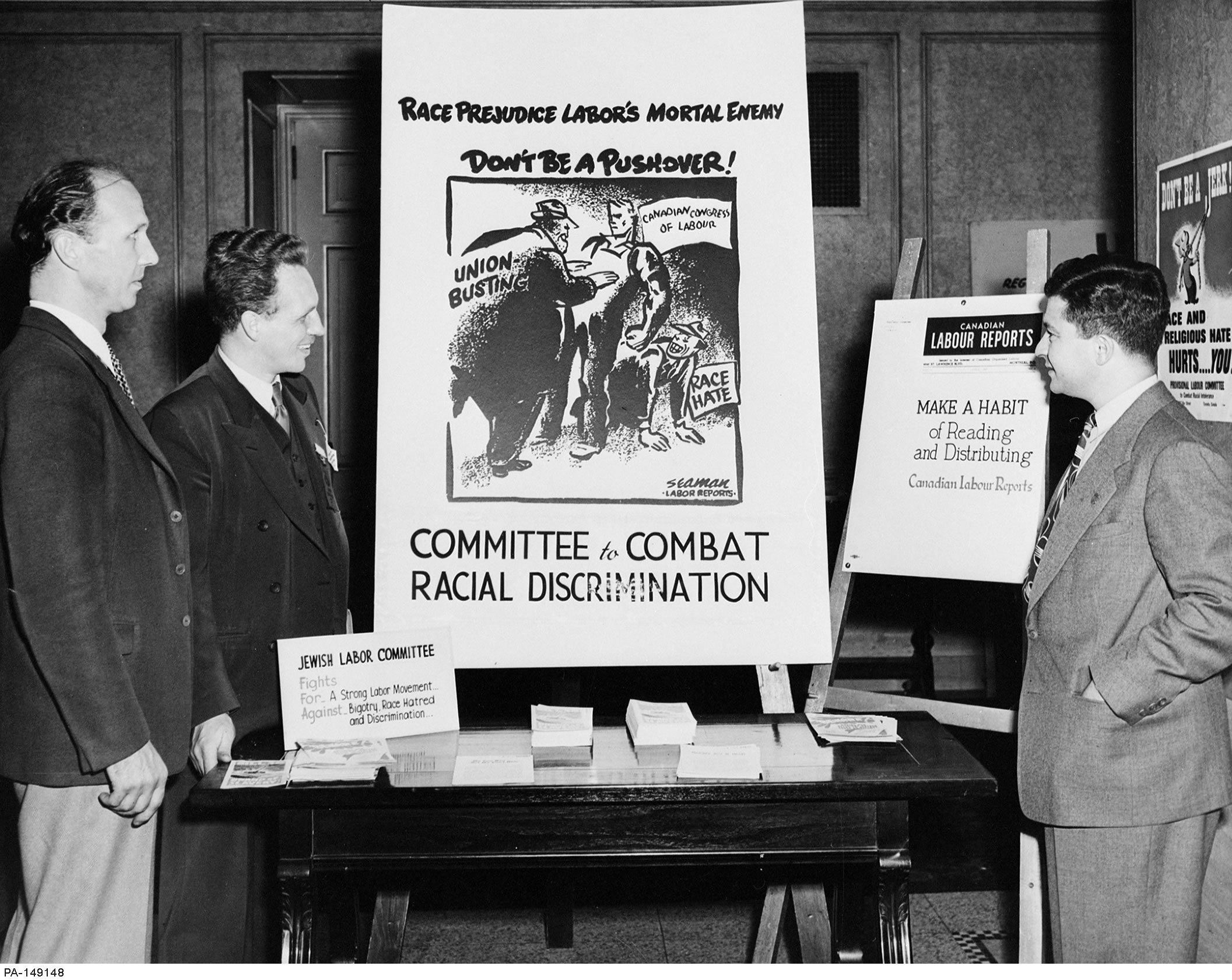Corporal Punishment
In 2004, the Canadian Foundation for Children, Youth and the Law challenged the constitutionality of section 43 of the Criminal Code, which allowed parents and teachers to use reasonable force to discipline children. The case received extensive media coverage. Whereas supporters of the Canadian Foundation framed the issue as one of violence against children, critics insisted that the state should not direct parents how to discipline their children except under extreme circumstances. Inevitably, the case reached the Supreme Court of Canada, which divided its decision into two parts. First, the court banned corporal punishment in schools, though the practice had largely been abandoned there anyway. On the issue of whether or not parents could spank their children, the court rejected the claim that spanking violated children’s security of the person but placed restrictions on section 43. Parents could spank children between the ages of two and twelve, but spanking those who were younger or older would be prosecutable as criminal assault. Parents were prohibited from using anything other than their hands, hitting a child on the head or face, and using discipline that was “inhumane” or “degrading.”
Further Reading
Axelrod, Paul. “No Longer a ‘Last Resort’: The End of Corporal Punishment in the Schools of Toronto.” Canadian Historical Review 91, 2 (2010): 261-85.
Overton, James. “Child Abuse, Corporal Punishment, and the Question of Discipline: The Case of Mount Cashel.” Critical Social Policy 36 (Winter 1992-93): 73-95.
 Site Resources
Site Resources-
- Any use of material or referencing content from HistoryOfRights.ca should be acknowledged by the User and cited as follows:
–
- Clément, Dominique. “page title or document title.” Canada’s Human Rights History. www.HistoryOfRights.ca (date accessed).


 Encyclopaedia
Encyclopaedia 
 © 2024 COPYRIGHT CLÉMENT CONSULTING. ALL RIGHTS RESERVED.
DEPARTMENT OF SOCIOLOGY, UNIVERSITY OF ALBERTA
© 2024 COPYRIGHT CLÉMENT CONSULTING. ALL RIGHTS RESERVED.
DEPARTMENT OF SOCIOLOGY, UNIVERSITY OF ALBERTA